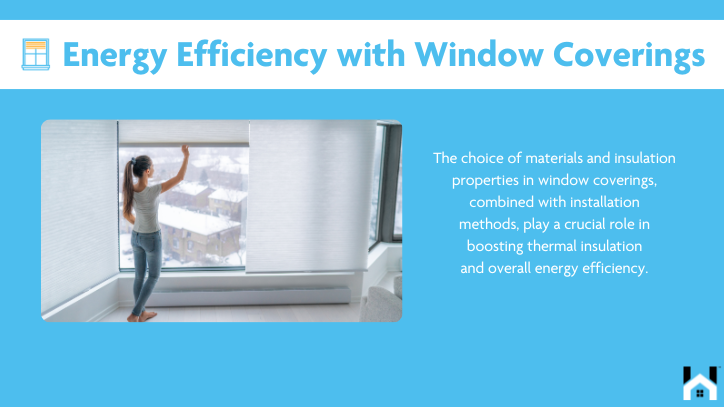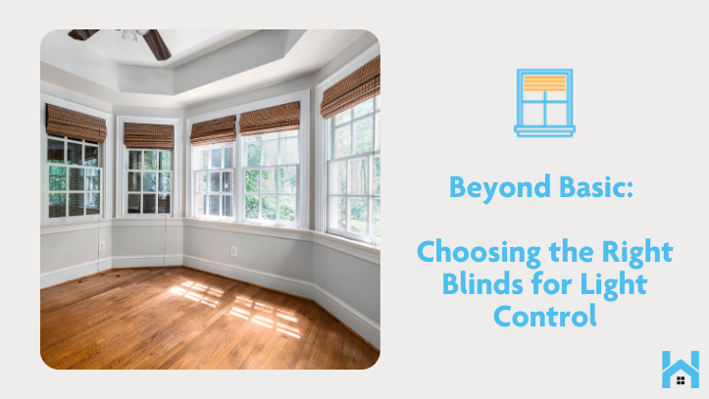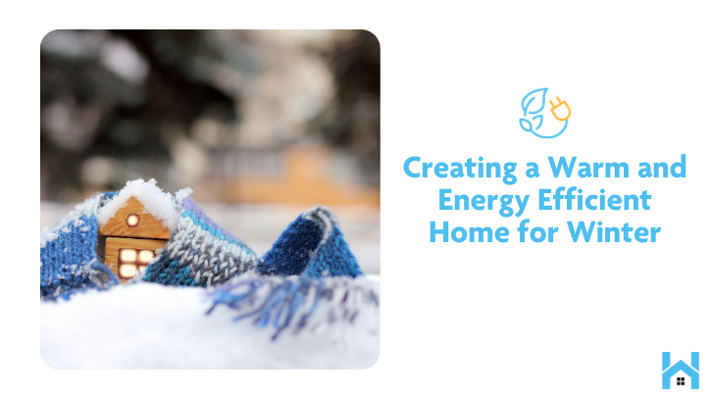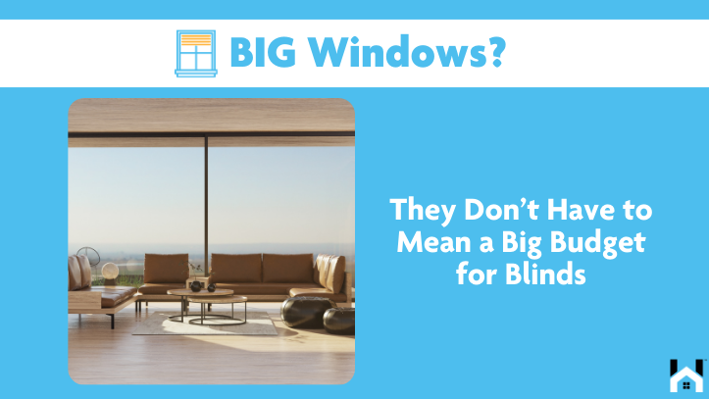
If you are seeking to trim utility expenses and enhance your home's energy efficiency, one effective method is by selecting the appropriate window coverings.
Throughout this article, we will delve into the significance of energy efficiency in residential spaces, the role that window coverings play, the diverse array of options on the market, key considerations for choosing energy-efficient alternatives, and strategies for optimizing their performance.
Remain engaged to discover how you can elevate your home's energy efficiency through the strategic use of suitable window coverings.
Understanding Energy Efficiency in Homes
The concept of energy efficiency in residential properties transcends mere cost savings; it embodies a comprehensive strategy that elevates thermal comfort, fosters sustainable lifestyles, curtails energy usage, and plays a pivotal role in environmental conservation. Through the integration of energy-efficient architectural designs, operational practices, and innovative solutions, homeowners can realize substantial reductions in energy consumption while simultaneously enhancing the quality of their indoor living spaces.
Importance of Energy Efficiency in Reducing Utility Costs
Decreasing utility expenses via energy efficiency not only provides financial advantages but also plays a crucial role in energy preservation, contributing to the overall energy efficacy and savings.
By making investments in energy-efficient enhancements such as the implementation of programmable thermostats, sealing air leaks, adding insulation, and utilizing energy-efficient appliances, homeowners can substantially decrease their heating and cooling expenditures. Upgrading to energy-efficient windows and doors can also aid in reducing energy wastage and enhancing indoor comfort levels. Additionally, making the switch to LED lighting and integrating renewable energy sources like solar panels can further amplify energy efficiency and lead to significant long-term reductions in energy costs.
How Window Coverings Can Improve Energy Efficiency
Window coverings serve as essential elements in improving energy efficiency by offering insulation, managing sunlight exposure, and maintaining indoor temperatures, all of which lead to energy conservation and the encouragement of an environmentally conscious way of living. Whether it be blackout curtains or smart blinds, energy-efficient window treatments are crucial in attaining thermal comfort and minimizing heat transfer.
Types of Window Coverings and Their Benefits
Various window coverings, including blackout curtains, smart blinds, and light-filtering shades, offer distinct advantages that enhance insulation, provide UV protection, and contribute to temperature regulation while complementing home décor.
- Blackout curtains prove particularly effective in reducing heat gain during scorching summers and insulating against chilly drafts in winter, ultimately leading to decreased energy costs.
- Smart blinds, equipped with their sophisticated automated control mechanisms, can be conveniently programmed to adapt to sunlight intensity, optimizing natural light exposure and reducing reliance on artificial lighting.
- Light-filtering shades not only create a gentle ambiance in rooms but also aid in controlling indoor temperatures by selectively blocking or allowing light as necessary.
Choosing sustainable materials such as bamboo, organic cotton, or recycled fabrics for these window treatments represents a conscious decision towards a more eco-friendly home environment.
Factors to Consider When Choosing Energy Efficient Window Coverings
Selecting the appropriate energy-efficient window coverings necessitates taking into account a plethora of factors, including material, insulation properties, and installation alternatives, all of which play a role in thermal insulation and the general energy efficiency of the residence. By concentrating on energy-efficient design principles and methodologies, homeowners can judiciously make choices for home enhancement and energy-efficient enhancements.
Material, Insulation, and Installation Options
The choice of materials and insulation properties in window coverings, combined with installation methods, play a crucial role in boosting thermal insulation and overall energy efficiency.
- Energy-efficient window treatments often utilize various materials like cellular shades, honeycomb blinds, and insulated drapes, each offering distinct levels of insulation.
- For example, cellular shades boast a honeycomb design that effectively traps air, providing exceptional insulation. Insulated drapes, on the other hand, utilize heavy fabrics to block heat transfer.
- Proper installation of these window coverings, ensuring a snug seal around the frame, can significantly enhance energy efficiency by preventing drafts and minimizing heat loss.
- Opting for top-quality, energy-efficient materials not only enhances thermal comfort but also contributes to a more sustainable and environmentally friendly indoor setting.
Tips for Maximizing Energy Efficiency with Window Coverings
Achieving optimal energy efficiency through window coverings necessitates the adoption of appropriate maintenance and usage practices, which play a vital role in energy conservation and the realization of a truly energy-efficient household.
Proper Maintenance and Usage Techniques
It is imperative to uphold appropriate maintenance and utilization practices to maximize the contribution of window coverings to energy efficiency and climate regulation within the household.
Frequent cleaning and thorough inspection of window coverings serve not only to prolong their longevity but also to guarantee their optimal performance. Seasonal modifications, such as strategically opening blinds during winter days to leverage natural sunlight for warmth and closing them in the summer to repel excess heat, are pivotal in effectively managing indoor temperatures. Through the implementation of these measures, homeowners have the opportunity to cultivate an energy-efficient ambiance, curtail utility expenses, and elevate the overall comfort of their domestic spaces.




